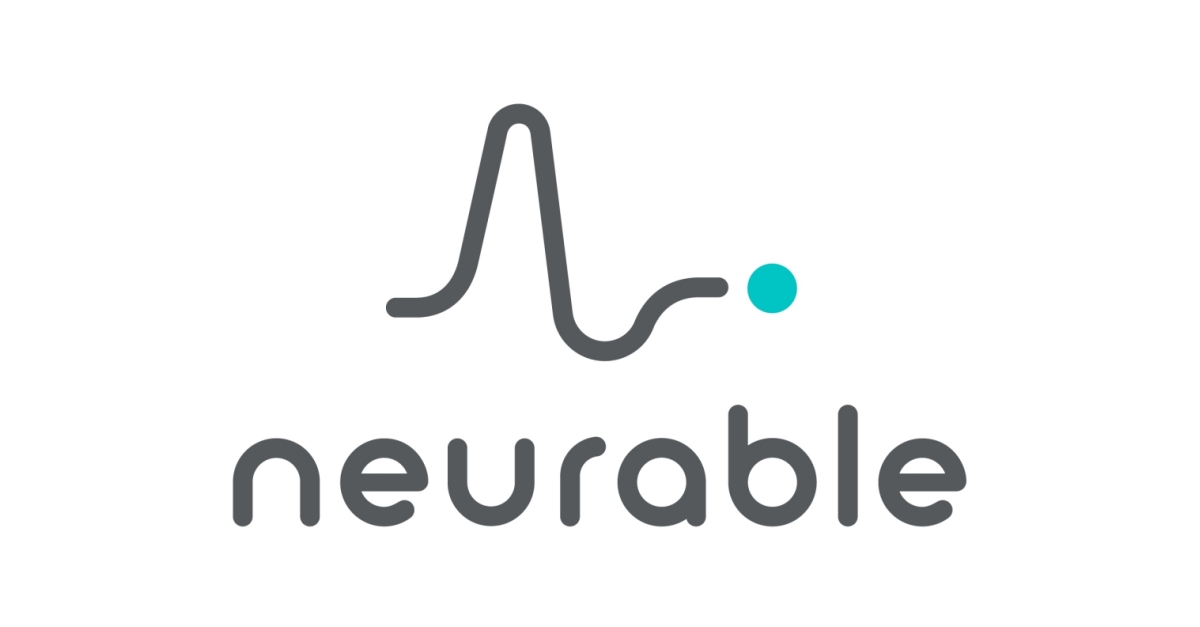200 results.
carboncopies
Visit Website
There is a long way to go before whole brain emulation (and, with it, the freedom to explore hitherto inconceivable new avenues of creative and intelligent development) can become a reality. Significant strides need to be made in the fields of neurobiology, neurophysiology, brain imaging, data analysis, computational neuroscience, in computational model design, model selection and model fitting, in the design of suitable processors for artificial brains, and even in disciplines such as the philosophy of mind.
At the Carboncopies Foundation, it is our mission to identify, facilitate, or directly conduct the research that will deliver whole brain emulation where that is most needed. We have built, and always continue to grow, a network of scientists across disciplines to match the needs of R&D toward whole brain emulation. Researchers on our team are aware of the state of the art. They closely follow pioneering advances in the areas listed above that affect the development of brain emulation and its application to patient-specific partial or complete neural prosthesis. Events organized and materials published by the Foundation shine a light on issues that are most in need of better comprehension, attention and support. Where possible, and where opportunities emerge to achieve leveraged acceleration, we endeavor to facilitate, launch, and support projects, and in specific cases, the scientists and engineers on our team engage directly with the research required.
There is no magic bullet. There is no guarantee that “exponential developments” and “nanobots” will save the day. Whole brain emulation cannot be achieved unless we fully recognize and understand the enormity of this ambitious goal. Success depends entirely on rigorous adherence to the tenets of the scientific method and its application, on vigorous collaboration, and on deliberative and ongoing peer review.
Neurable
Visit Website
A brain-computer interface company building software and hardware products, neurotechnology tools that interpret human intent, measure emotion and provide telekinetic control of the digital world based on EEG signals.
OpenBCI
Visit Website
OpenBCI is an open-source brain-computer interface platform, created by Joel Murphy and Conor Russomanno, after a successful Kickstarter campaign in late 2013.
OpenBCI boards can be used to measure and record electrical activity produced by the brain (EEG), muscles (EMG), and heart (EKG), and is compatible with standard EEG electrodes. The OpenBCI boards can be used with the open source OpenBCI GUI, or they can be integrated with other open-source EEG signal processing tools.
Swartz Center for Computational Neuroscience
Visit Website
The goal of the Swartz Center for Computational Neuroscience is to observe and model how functional activities in multiple brain areas interact dynamically to support human awareness, interaction and creativity.
Berkeley Artificial Intelligence Research
Visit Website
The Berkeley Artificial Intelligence Research (BAIR) Lab brings together UC Berkeley researchers across the areas of computer vision, machine learning, natural language processing, planning, control, and robotics. BAIR includes over 50 faculty and more than 300 graduate students and postdoctoral researchers pursuing research on fundamental advances in the above areas as well as cross-cutting themes including multi-modal deep learning, human-compatible AI, and connecting AI with other scientific disciplines and the humanities.



